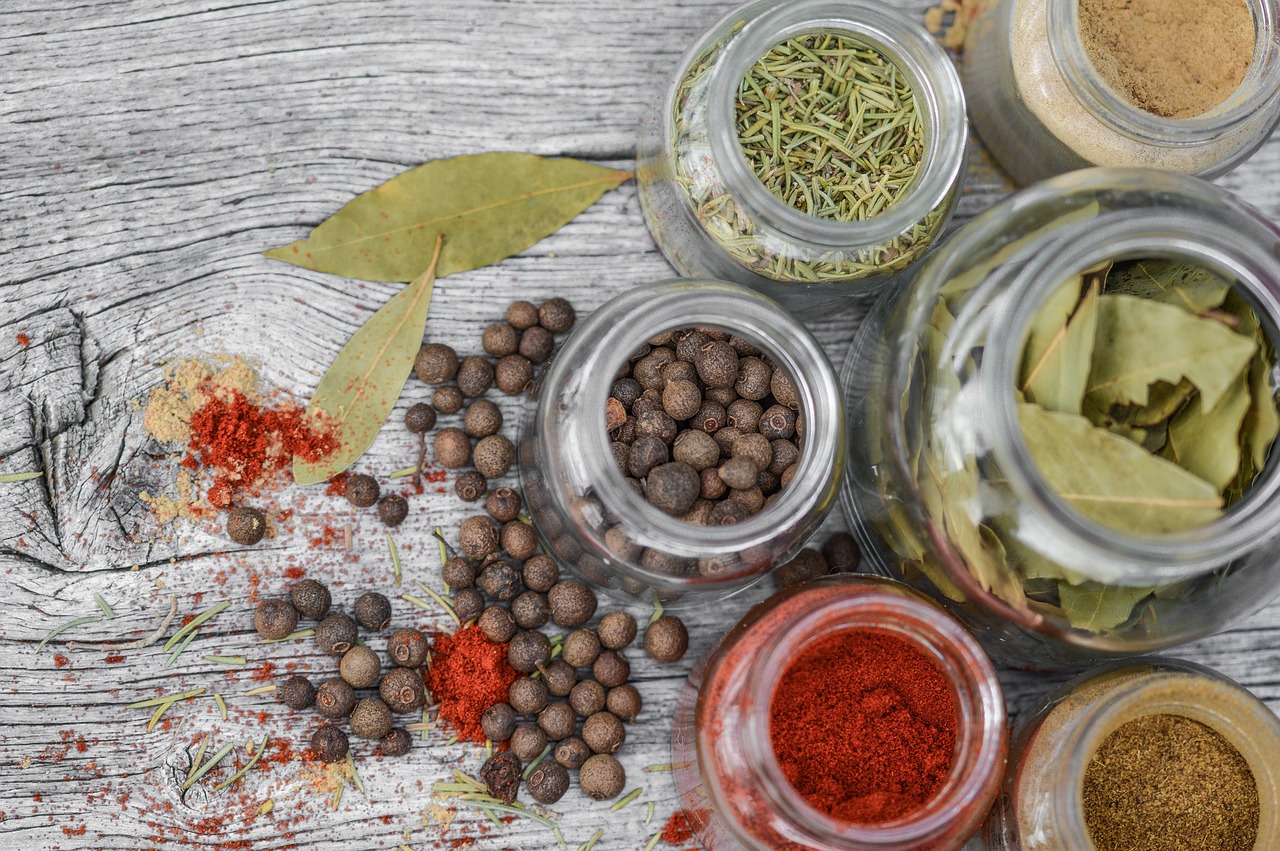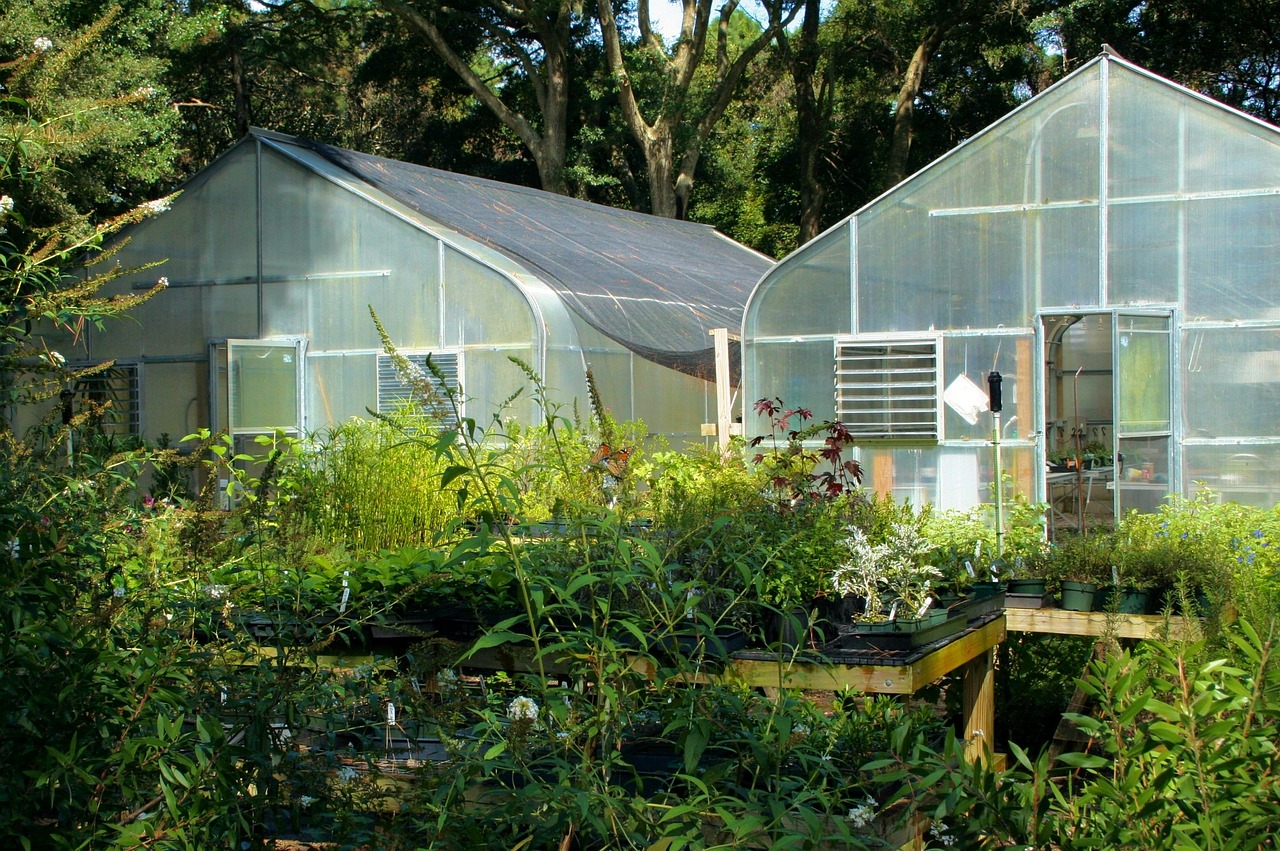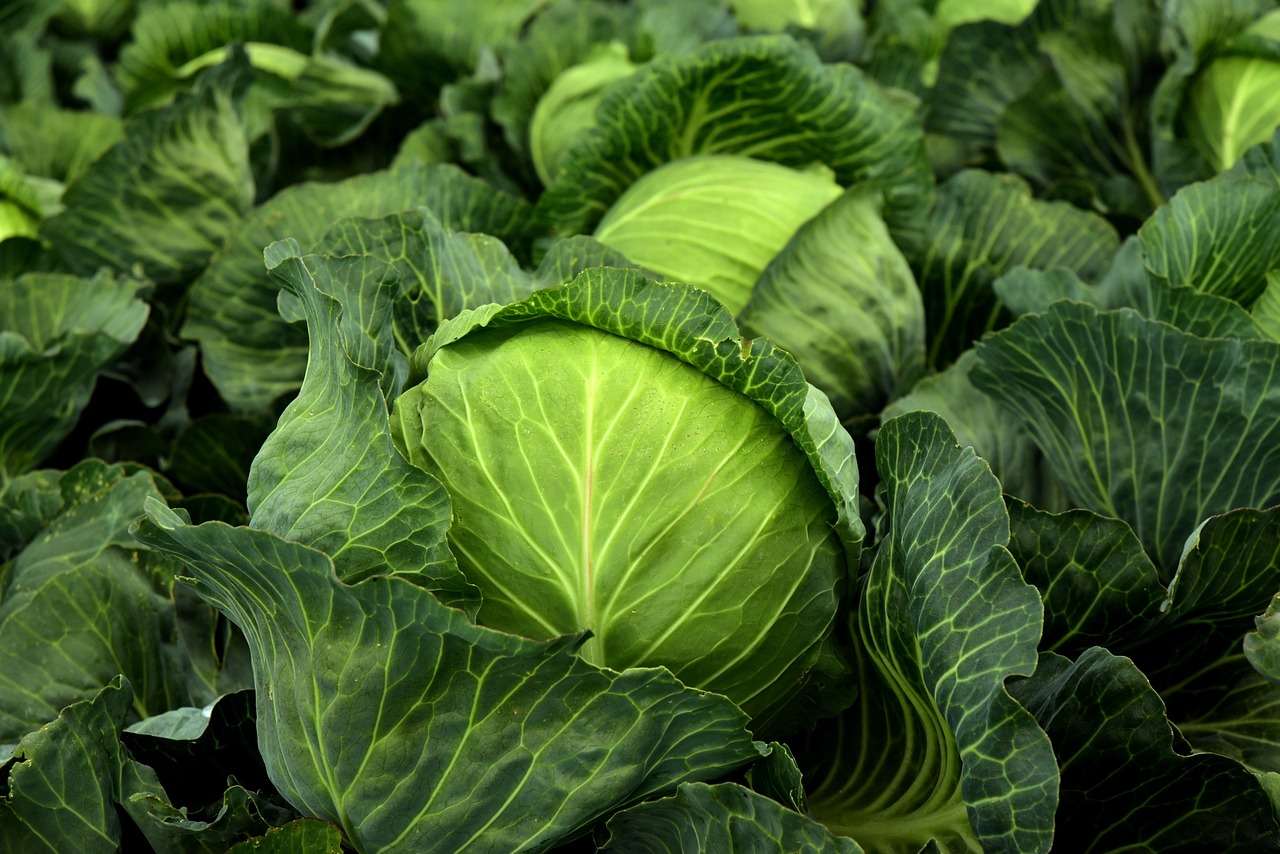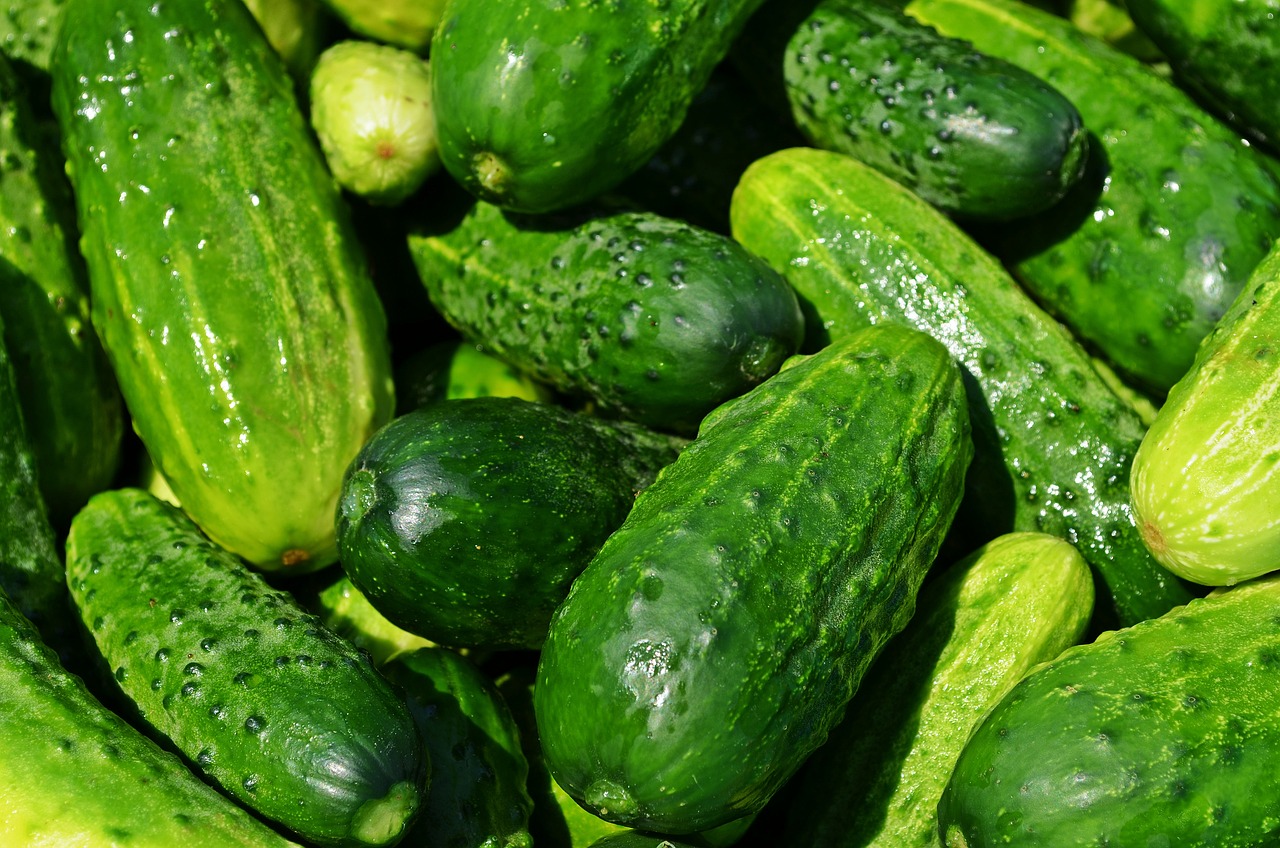Are you tired of bland and uninspired meals? Are you looking for a way to add some flavor to your cooking? Look no further than your own backyard!
Growing your own culinary spices is not only a fun and rewarding hobby, but it will also elevate your cooking to the next level. By planting and cultivating your own herbs and spices, you will have access to fresh and flavorful ingredients that can’t be found in the average grocery store.
Plus, gardening is a great way to connect with nature and get some fresh air and exercise. So why not give it a try?
In this article, we will guide you through the process of choosing, planting, and harvesting your own culinary spices, as well as provide some creative ways to incorporate them into your meals. Get ready to experience the joy of growing your own herbs and spices!
Choosing the Right Spices for Your Garden
Choosing the right spices for your garden can be a fun and rewarding experience, as it allows you to cultivate a deeper connection with the food you eat and the flavors you enjoy.
To start, consider the best climate for the spices you want to grow. Some spices, such as rosemary and thyme, prefer a warm and dry climate, while others like basil and mint thrive in a more humid environment. Understanding the ideal conditions for each spice will help you choose the right ones for your garden.
Another factor to consider when choosing spices for your garden is the type of container you will use. While some spices can be planted directly in the ground, others may require a specific type of container to grow properly. For example, mint and oregano can take over a garden if not contained, so it’s best to plant them in a pot or raised bed. Additionally, some spices like ginger and turmeric may require a deep container to accommodate their root system.
By taking the time to choose the right containers for your spices, you can ensure they have the best chance of thriving in your garden.
Consider seasonal planting and companion planting when choosing spices for your garden. Planting certain spices during their ideal growing season can help ensure a successful harvest. Additionally, companion planting can help deter pests and promote healthy growth. For example, planting basil near tomatoes can help repel tomato hornworms.
By taking these factors into account, you can choose the right spices for your garden and enjoy the joy of growing your own culinary herbs.
Preparing Your Soil for Optimal Growth
To ensure optimal growth, it’s important to first assess the quality of your soil and make any necessary amendments. Begin by testing the pH level of your soil. Most culinary herbs prefer a pH level between 6.0 and 7.0. If your soil is too acidic, add lime to balance it out. If it’s too alkaline, add sulfur to lower the pH level.
Next, consider the texture of your soil. Herbs thrive in well-draining soil that’s rich in organic matter. If your soil is heavy and clay-like, add compost or sand to improve drainage.
Finally, make sure your planting area receives at least six hours of sunlight a day, and water your plants regularly. With proper soil preparation and planting techniques, you’ll be on your way to a bountiful herb garden in no time!
Watering and Fertilizing Your Plants
Make sure you’re watering and fertilizing your plants regularly to promote healthy growth and flavor. When it comes to watering, it’s important to keep your plants hydrated without overwatering them. Hydration tips include watering deeply and less frequently, rather than giving your plants a quick sprinkle every day. This allows the roots to grow deeper into the nutrient rich soil, making them stronger and more resistant to drought.
In addition to proper hydration, fertilizing your plants is crucial for optimal growth. Nutrient rich soil is important, but it can only provide so much for your plants. Fertilizers help provide essential nutrients like nitrogen, phosphorus, and potassium that your plants need to thrive. Be sure to choose a fertilizer that’s appropriate for your plants and follow the instructions carefully.
Over-fertilizing can be harmful, so it’s important to strike the right balance. By giving your plants the proper hydration and nutrients, you’ll be rewarded with healthy and flavorful herbs and spices.
Harvesting and Storing Your Spices
Now that you’ve properly cared for your herbs, it’s time to reap the rewards by harvesting and storing them for future use.
When it comes to harvesting, it’s important to do it in the morning after the dew has evaporated. This is when the plants have the highest concentration of essential oils, which is what gives them their flavor and aroma. Cut off the stems about 2-3 inches above the soil line, and be sure to only take a third of the plant at a time to avoid stunting its growth. You can either use the herbs fresh or dry them for later use.
When it comes to storing techniques, there are a few options. If you plan on using the herbs within a week, you can store them in a plastic bag in the refrigerator.
For longer storage, you can air-dry them by hanging them upside down in a cool, dry place. Once they’re dry, you can store them in an airtight container away from sunlight. Alternatively, you can freeze the herbs by chopping them up and placing them in ice cube trays with a little bit of water or oil. This makes it easy to grab a cube and add it to your cooking whenever you need it.
No matter which method you choose, proper storing techniques will ensure that your herbs stay fresh and retain their flavor.
Creative Ways to Use Your Homegrown Herbs and Spices
Get creative with how you incorporate those freshly harvested herbs into your meals and snacks. One way to do this is by creating spice infused cocktails.
Muddle some fresh basil or mint with your favorite spirit, add some citrus and simple syrup, and you’ve got a refreshing and unique drink. You can also experiment with different herb and spice combinations to create your own signature cocktail.
Another fun way to use your homegrown herbs and spices is by making DIY spice blends. Mix together some dried herbs like rosemary, thyme, and oregano with spices like cumin, paprika, and garlic powder to create your own flavorful seasoning blend.
Use it to season meats, vegetables, or even popcorn for a tasty snack. The possibilities are endless, so get creative and have fun exploring all the ways you can use your fresh herbs and spices in the kitchen.
Frequently Asked Questions
What are the best storage methods for preserving the potency of your homegrown spices?
To preserve the potency of your homegrown spices, store them in air tight containers and refrigerate them. Maximize flavor by using proper grinding techniques and roasting before storage.
Can you grow culinary spices indoors, and if so, what special considerations should be taken?
You can grow culinary spices indoors using proper growing techniques and indoor containers. Consider the amount of light, humidity, and temperature needed for each plant. Choose containers with good drainage and use high-quality soil.
How long do different types of spices typically take to grow, and what are the best ways to speed up the process?
To speed up the growth process of culinary spices, provide optimal growing conditions such as proper lighting, temperature, and soil moisture. Harvesting techniques for maximum flavor include picking leaves and stems before flowering and drying them properly.
Are there any common pests or diseases that can affect spice plants, and how can they be prevented or treated?
To prevent pests from damaging your spice plants, keep them well-maintained and clean. Use natural treatments for diseases like neem oil or garlic spray. Regularly inspect your plants for signs of infestation or illness.

How can you use your homegrown spices to make natural remedies or beauty products?
You can use your homegrown spices to make natural remedies and beauty products. For example, turmeric can be used to make a face mask, while lavender oil can be used to soothe headaches. Get creative and experiment with different combinations!
Conclusion
Congratulations on taking the first step towards growing your own culinary spices! You’ve learned how to choose the right spices for your garden, prepare your soil for optimal growth, and care for your plants through watering and fertilizing.
Now it’s time to reap the rewards of your hard work by harvesting and storing your spices. But don’t stop there! Get creative with your homegrown herbs and spices by using them in unique and flavorful ways.
Try infusing oils or vinegars with your favorite herbs, making homemade spice blends for your favorite dishes, or even using them in cocktails and desserts. The possibilities are endless and the joy of using something you’ve grown yourself is truly rewarding.
Keep exploring and experimenting with your spice garden and enjoy the delicious flavors it brings to your meals.










